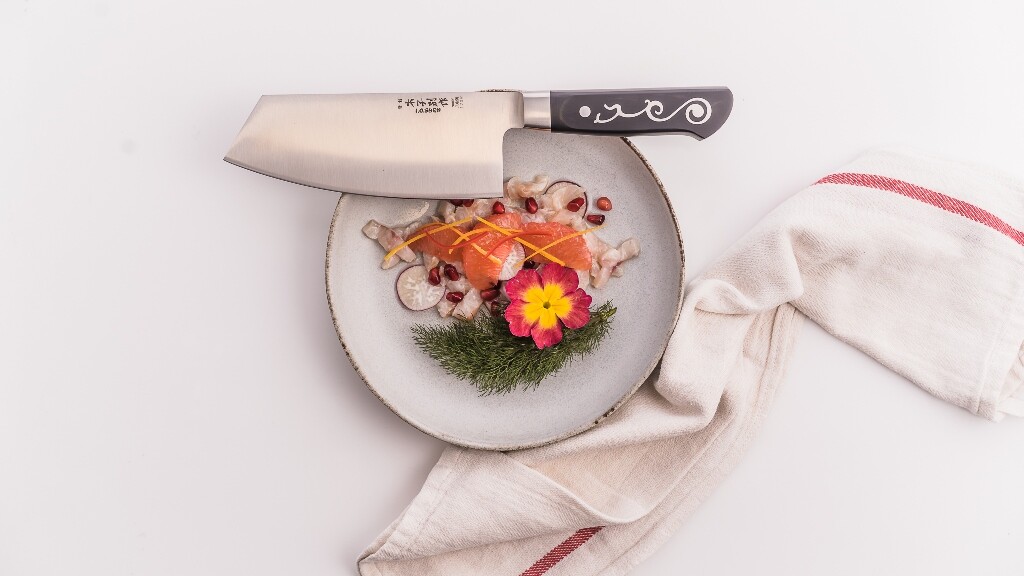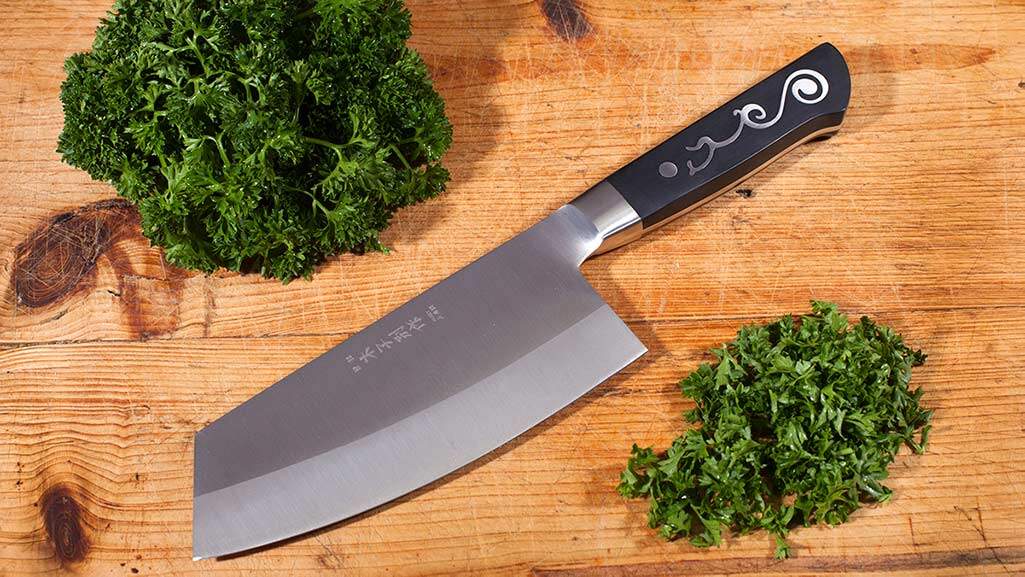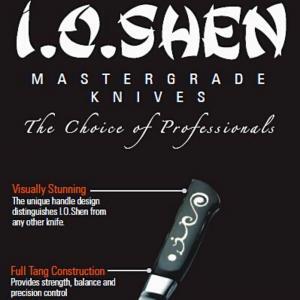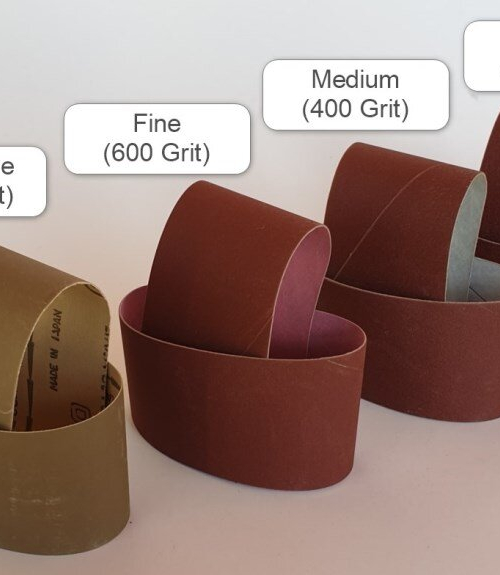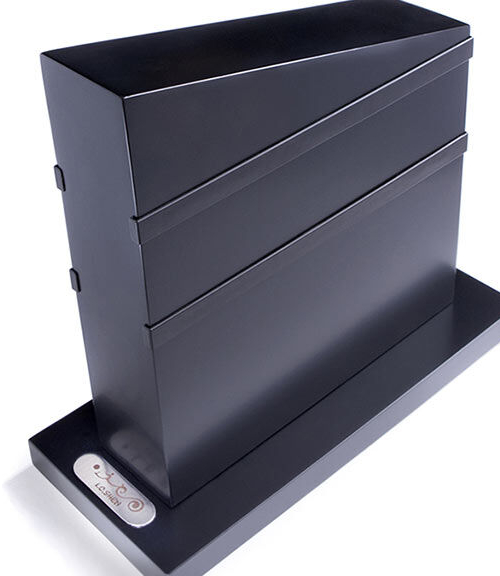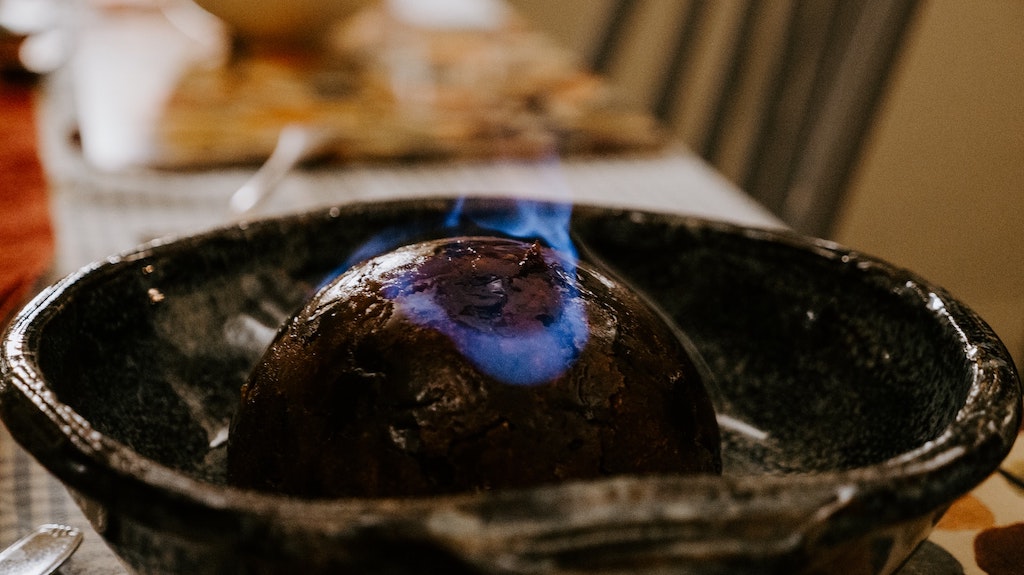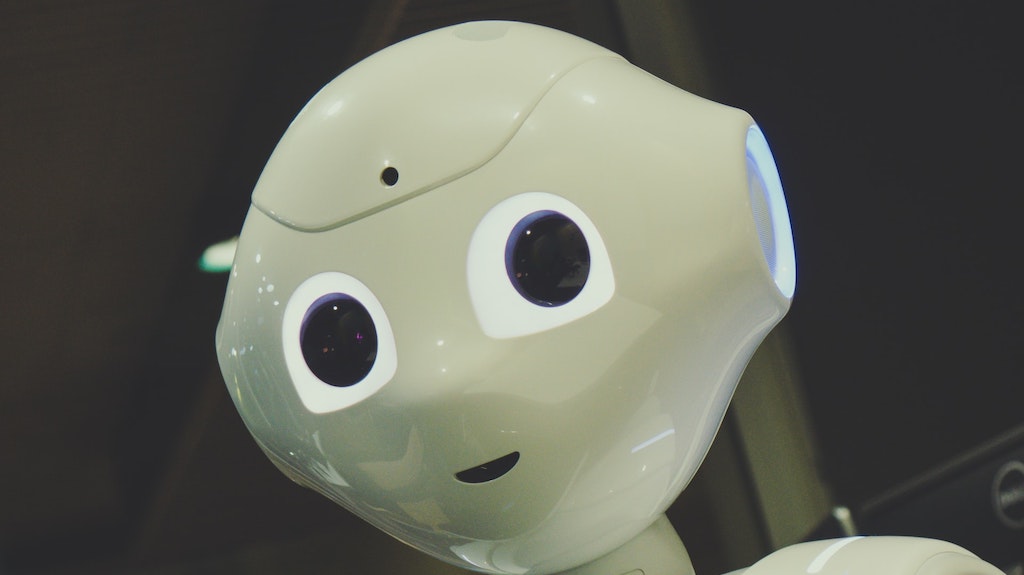What do airline passengers, astronauts and mountaineers have in common?
They all have to eat tasteless food.
Have you ever wondered why food tastes pretty bland when you’re 36,000 feet up (10,973m) in the air?
It turns out there are a host of factors preventing you from having a tasty meal when you’re not eating at or near sea level, and some of these same factors impact other people who aren’t at or near 0m above sea level, including astronauts and mountaineers.
Here are the main reasons…
Oxygen (or lack of it)
 Experiencing the full flavour of food is not just down to the tastebuds on your tongue – the smell of the food plays a big part in the overall sensation.
Experiencing the full flavour of food is not just down to the tastebuds on your tongue – the smell of the food plays a big part in the overall sensation.
When you’re on a plane there’s less oxygen circulating in the cabin – to keep everyone alive and functioning on board you need enough oxygen for everyone, but that doesn’t mean the cabin has to be kept at the same pressure as at sea level.
In practice most passenger aircraft are kept at a cabin pressure equivalent to 8,000 feet (2,438m) above sea level, which is the same as about a quarter of the way up Mount Everest or the elevation of Addis Ababa in Ethiopia.
This means there is less air floating around in the cabin to bring the (hopefully) pleasant smells of any food to your nose and your olfactory senses.
Oh, and the lower air pressure also makes our tastebuds less effective and less able to taste sweet or salty flavours.
Humidity (or lack of it)
Aircraft cabins draw in air from outside the aircraft during flight, and this air is much drier than air at sea level – around 20% humidity.
Inside the cabin this can drop to 12% – about the same dryness as a desert. This dryness adds to our inability to smell the food we’re eating.*
Gravity (or lack of it)
OK – so this doesn’t affect anyone flying at 36,000 feet. Technically you are roughly 1% lighter than you are at sea level, but it’s really only people in microgravity ie in space, who are affected.
At zero or close to zero gravity, until your body susses out that’s where you are, it continues to pump fluids up towards the head (as it would have to in normal gravity) for a day or two. In this time many newly arrived astronauts get a ‘puffy face’ and get blocked noses/sinuses etc as a consequence.
This goes away after a short while, but in the interim – you guessed it – they can’t taste much. Much like when you have a cold on Earth. That’s not to say passengers on aircraft don’t get bunged up – they do – but not quite to the same degree, or for the same reasons.
Background noise (too much of it)
Aircraft cabins are not as noisy as they used to be, but there’s still that muffled roar from the engines powering you through the air. A study back in 2010** concluded that background noise while eating diminished perception of sweet and salty tasting foods.
What about mountaineers?
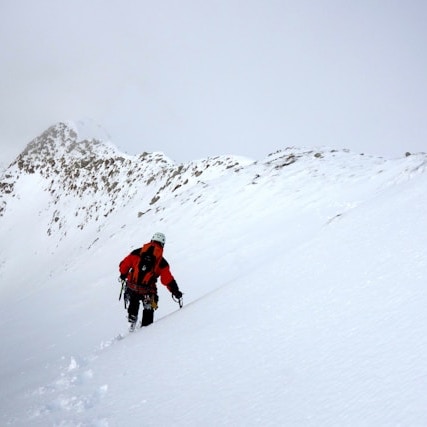 Well they’re affected by all the same altitude problems if they climb high enough, plus in addition, the higher you go, the lower the boiling point of water, which means cups of tea/coffee (and any hot food) can be a bit tepid.
Well they’re affected by all the same altitude problems if they climb high enough, plus in addition, the higher you go, the lower the boiling point of water, which means cups of tea/coffee (and any hot food) can be a bit tepid.
On board a plane at cruising altitude you’re getting your coffee at the boiling point at 8,000 feet, which is 92C. At the top of Mount Everest it’s 68C.
You can get around this with a small pressure cooker, if you want to lug it (and some sort of battery pack) all the way up and back down again.
So the big question is – can you make food consumed at altitude any tastier?
Here’s the interesting thing – it’s only the perception of sweet and salty things that is changed at altitude, the other tastes – sour, bitter and umami (a savoury taste) – are unaffected or even enhanced.
Umami in particular is enhanced so, unsurprisingly perhaps, this flavour is often added to airline savoury foods.
Spicy flavours, such as cardamom, lemon grass and curry are also more intense at altitude than salty or sugary ones, so these may also be used more.
Although airlines may make a big thing of the food being better in business or first class, it’s not purely down to the food on offer, it’s also that they focus a little more on the science behind making the food taste better, in some cases going so far as to issue noise cancelling headphones for when you’re eating.
So if you don’t want your food to taste bland, business or first class are a better option!
PS And if you’ve ever noticed more people choosing tomato juice as their drink than on the ground, the reason behind this may be the umami taste present in tomatoes.
PPS For all these reasons it’s also a good idea to eat food and drink drink earlier rather than later in the flight. If you want to taste it, that is.
*a study commissioned by Lufthansa in 2010 found that passengers’ sense of taste of sweet and salty foods reduced by around 30%
**https://www.sciencedirect.com/science/article/abs/pii/S0950329310001217
Main image: The New York Public Library on Unsplash
Oxygen tank image: CHUTTERSNAP on Unsplash
Mountaineer image: Mountainarious on Unsplash
Oriental Slicing Knife – 170mm
$184.95
This knife rocks. Fabulous for Asian greens.
The 170mm Oriental Slicing Knife is a wide-bladed, narrow-spined knife that can be used to chop through both meat and vegetables with ease. This knife can be used to remove meat from bones, and like the Santoku knife, it is good for scooping ingredients into cookware. Being an asian inspired utensil, the Oriental Slicing Knife is amazing at tenderising meat, crushing garlic, and preparing asian greens and other tasks that involve slicing.
Product Details
The 170mm Oriental Slicing Knife is a wide-bladed, narrow-spined knife that can be used to chop through both meat and vegetables with ease. This knife can be used to remove meat from bones, and like the Santoku knife, it is good for scooping ingredients into cookware. Being an asian inspired utensil, the Oriental Slicing Knife is amazing at tenderising meat, crushing garlic, and preparing asian greens and other tasks that involve slicing.
This knife should not be used to split bones because of the narrowness of the knife’s spine and the nature of the blade.
Product Features
- The Oriental Slicing Knife features the signature I.O.Shen handle design. The full tang creates knives that offer strength, balance and control.
- All I.O.Shen knives have durable handles that are produced from a synthetic material called ebonite, which offers both strength and heat resistance.
- High Performance Japanese quality cutting blades representing the highest of standards in craftsmanship and technology.
- All I.O.Shen knives feature Triplex Steel Technology which extends the edge life between sharpening.
- The 170mm Oriental Slicing Knife features a narrow spine edge combined with a wide blade offering the prefect balance between slicing food and transporting the ingredients into the bowl using the blade.
- The knife is manufactured from high quality Japanese Steel and features a broad blade that curves upwards towards the tip, offering fantastic control when in the hand.
- The high quality blade provides a sharper cutting edge and features a thin spine allowing you to also undertake agile knife work.
- All I.O.Shen knives are designed for agility and precision, with handles that mould comfortably to the users hand to decrease hand fatigue and ensure maximum grip.
- The knife is a commercial grade kitchen knife, fantastic for professional chefs and home cooks.
Manufacturers Guarantee
Total Knife Care guarantees any knife product that it sells, to be free from defect in material, construction or workmanship for the life of the product under normal use. This excludes damage caused by misuse or accident. This warranty extends only to the product’s original purchaser. Chips in the knife blades, broken knife tips, discolourations from food and rust spots are not covered.




